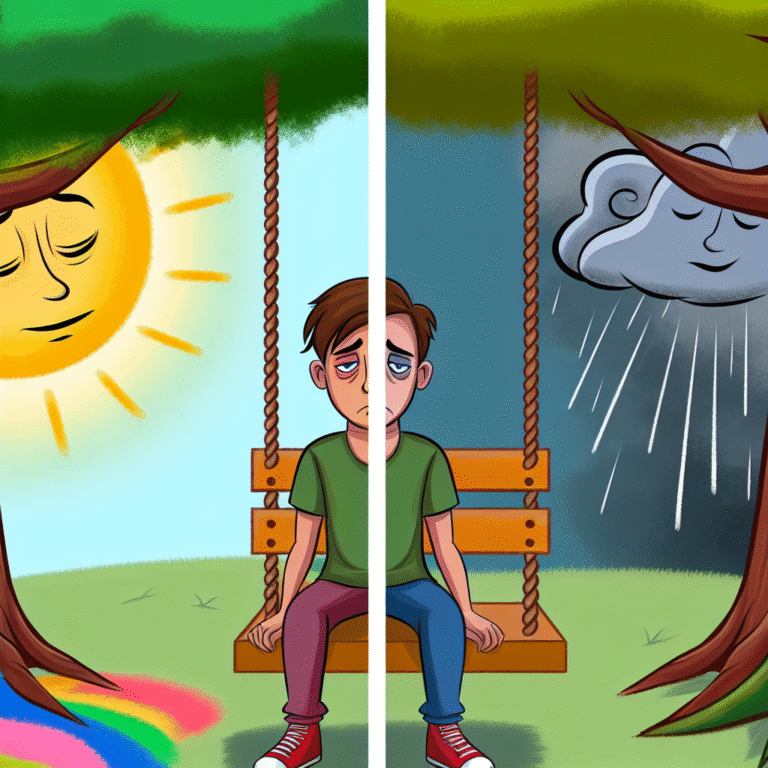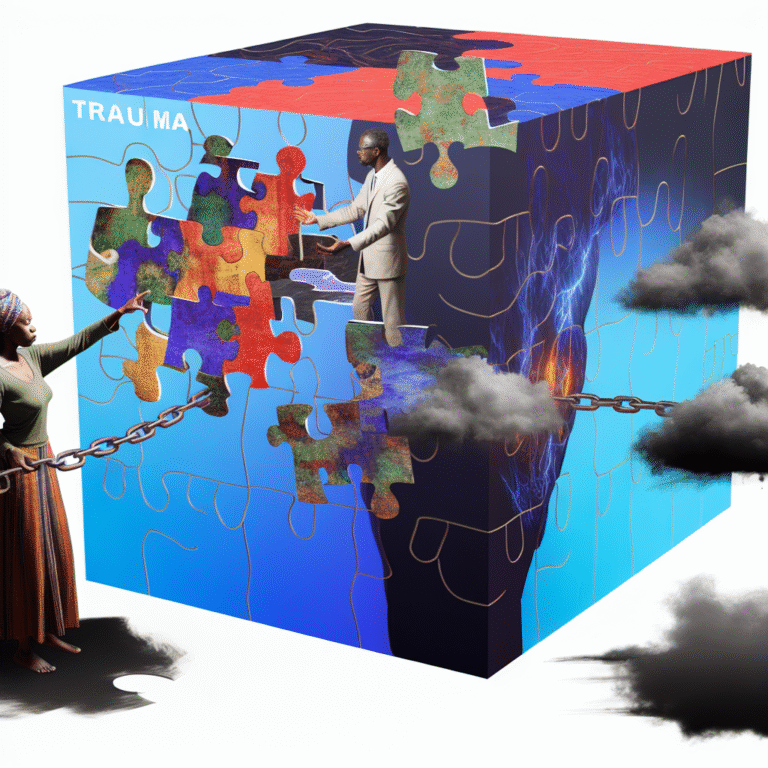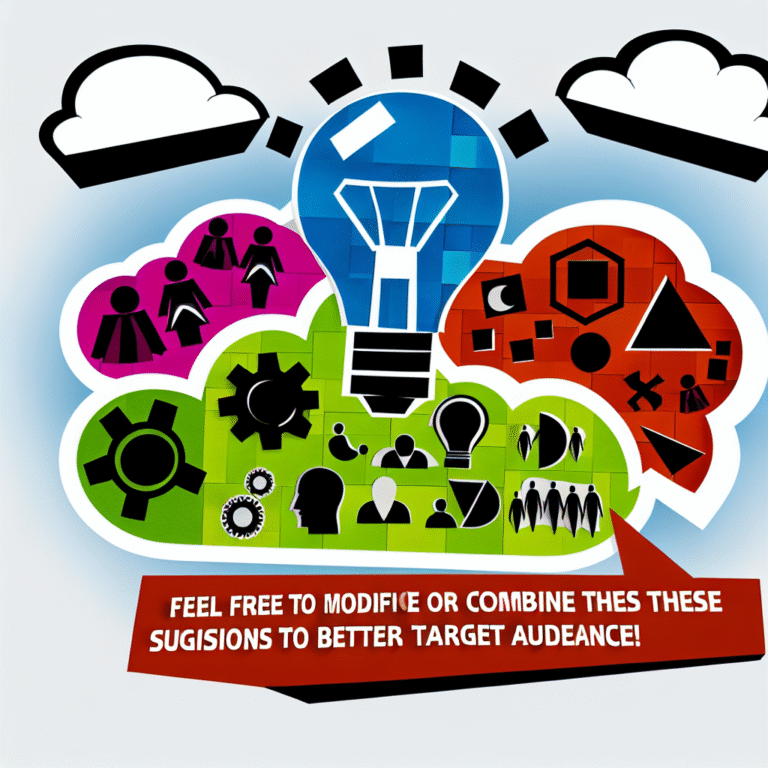
Early Detection Matters: Signs of Bipolar Disorder in Teenagers | The Ultimate Guide
Introduction: Understanding the Importance of Early Detection
Imagine being a teenager navigating the tumultuous waters of adolescence, striking out in search of identity and belonging. Add to that the weight of bipolar disorder, a mental health condition that can warp moods and perspectives, leading to both devastating lows and exhilarating highs. The reality is that early detection matters: signs of bipolar disorder in teenagers are often subtle and easily overlooked. Yet, identifying these signs early on can be the difference between a life defined by struggles and one characterized by understanding, support, and management.
Today, let’s dive deep into this critical topic, unveiling the essentials of recognizing bipolar disorder in teenagers. This exploration is not merely academic; it’s personally relevant. Understanding these signs can empower parents, educators, and teens themselves to foster a supportive environment where mental health doesn’t take a backseat.
What is Bipolar Disorder?
A Brief Overview
Bipolar disorder, formerly known as manic-depressive illness, is a mental health condition characterized by extreme mood swings that include emotional highs (mania or hypomania) and lows (depression). The National Institute of Mental Health indicates that bipolar disorder affects nearly 2.8% of the U.S. adult population every year, but the onset typically occurs during late adolescence or early adulthood.
The Importance of Early Detection
Early detection matters significantly when it comes to bipolar disorder. Studies consistently highlight that early intervention is linked to better long-term outcomes. Yet, many teenagers and their families are not adequately informed about the signs and symptoms. By learning what to watch for, parents and teens can avoid the pitfalls of delayed diagnosis and treatment.
Recognizing the Signs: Early Detection Matters
Behavioral Changes
Subtle Shifts: One of the first indicators of the disorder may not be obvious mood swings but rather a change in behavior. This can manifest as a sudden withdrawal from friends, a decline in school performance, or an increase in irritability.
Case Study: Alex
Alex, a 16-year-old sophomore, had always been an A-student and enjoyed socializing with friends. However, in a matter of months, he started isolating himself, skipping classes, and expressing feelings of hopelessness. Recognizing these changes early would have enabled his parents to seek help sooner, potentially preventing a severe depressive episode.
Mood Swings: The Heart of the Matter
Mania and Hypomania: Episodes of mania or hypomania may be characterized by an inflated self-esteem, decreased need for sleep, and racing thoughts. Teenagers may indulge in reckless behaviors, such as substance abuse or spending sprees.
Case Study: Jamie
Jamie, 17, experienced extreme highs where she felt invincible, often leading her to engage in risky behaviors like reckless driving. Yet, these euphoric states would come crashing down into deep bouts of depression. Early detection matters in Jamie’s case; her parents could have understood that these behaviors were symptomatic rather than merely rebellious.
Signs of Depression: The Other Side
Depressive Episodes: These may include withdrawal from activities once enjoyed, fatigue, feelings of worthlessness, and even thoughts of self-harm or suicide.
Table 1: Signs of Mania vs. Depression in Teenagers
| Symptoms | Mania | Depression |
|---|---|---|
| Energy Levels | Heightened | Low/Fluctuating |
| Sleep Patterns | Decreased | Excessive/Insomnia |
| Self-Esteem | Inflated | Low |
| Social Interaction | Increased | Withdrawn |
| Impulsive Behavior | Risky Decisions | Self-Harm Thoughts |
Identifying which symptoms are present can provide vital clues for intervention strategies.
The Role of Family and Friends in Early Detection
Encouraging Open Communication
Being proactive friends or family members can play a pivotal role. Establishing an open line of communication helps in allowing teenagers to express their feelings without judgment. An emotionally safe space makes it easier for them to disclose difficulties they’re facing.
Supporting through Challenges
A supportive environment can also lead to better adherence to treatment plans. Understanding the rollercoaster that is bipolar disorder encourages friends and family to offer empathetic support, ultimately enhancing the affected teenager’s coping mechanisms.
Professional Help: Counseling and Medication
Importance of Professional Assessment
Engaging mental health professionals is crucial for accurate diagnosis and treatment. They’ll use various criteria from the DSM-5 to assess if a teenager meets the requirements for bipolar disorder. Equipped with techniques like Cognitive Behavioral Therapy (CBT) or medication management, professionals can tailor an individualized treatment plan.
Case Study: Sarah
Sarah, a 15-year-old, struggled with undiagnosed bipolar disorder. After consistent changes in mood patterns, her parents sought professional help. With a combination of therapy and medication, Sarah began to stabilize her mood swings, leading to an improved quality of life.
Table 2: Treatment Options for Bipolar Disorder
| Treatment Type | Description |
|---|---|
| Therapy | Cognitive Behavioral Therapy (CBT) helps in changing negative thought patterns. |
| Medication | Mood stabilizers and antipsychotics mitigate mood swings. |
| Support Groups | Peer support can provide understanding and encouragement. |
Navigating the School Environment
Building Awareness Among Educators
Educators need training to recognize the symptoms of bipolar disorder. By understanding these signs, they can better support students who may be struggling. Early detection matters within school systems, as academic performance is closely linked to mental wellness.
Case Study: Ethan
Ethan’s teachers noticed his extensive absences and irregular performance in class. After engaging with a counselor, they realized his struggles stemmed from undiagnosed bipolar disorder. With early intervention, Ethan’s schoolwork improved, demonstrating how attention from academic advocates can make a significant difference.
Moving Forward: Long-Term Management and Support
Creating an Individualized Action Plan
Long-term management of bipolar disorder involves creating a personalized action plan that includes monitoring symptoms, medication management, and regular check-ins with mental health professionals.
Involvement of Family
Families play a central role in this journey. Involving them in the therapeutic process and arming them with correct information about the condition ensures everyone is on the same page.
Conclusion: Why Early Detection Truly Matters
The importance of early detection cannot be overstated. Recognizing and acting upon the signs of bipolar disorder in teenagers provides them with the necessary support to lead healthier, more fulfilling lives. By empowering ourselves with knowledge, creating open lines of communication, and engaging with professionals, we can make monumental strides in mental health.
Motivational Takeaway
We all face challenges, but mental health shouldn’t be one of them. Taking the first step—recognizing and addressing symptoms—can pave the way for resilience, understanding, and hope.
FAQs
1. What are the early warning signs of bipolar disorder in teenagers?
Common early signs include changes in energy levels, mood swings ranging from highs to lows, changes in sleep patterns, and withdrawal from usual activities.
2. How can I differentiate between typical teenage moodiness and bipolar disorder?
While moodiness is common during adolescence, bipolar disorder usually includes drastic mood swings and behavioral changes over extended periods, often impacting daily functioning.
3. Can bipolar disorder develop suddenly in teenagers?
Bipolar disorder often begins in late adolescence or early adulthood, but symptoms can fluctuate in intensity and may appear to emerge suddenly during stressful life events.
4. What steps should I take if I suspect my teen has bipolar disorder?
Start by nurturing open communication and expressing your concerns. Consult with mental health professionals for an assessment and explore treatment options.
5. How effective is treatment for bipolar disorder in teenagers?
Treatment, when followed consistently, can be highly effective in managing symptoms, improving the quality of life, and allowing teenagers to thrive.
With an in-depth understanding, we can ensure that early detection matters: signs of bipolar disorder in teenagers are recognized and acted upon with urgency and compassion.













